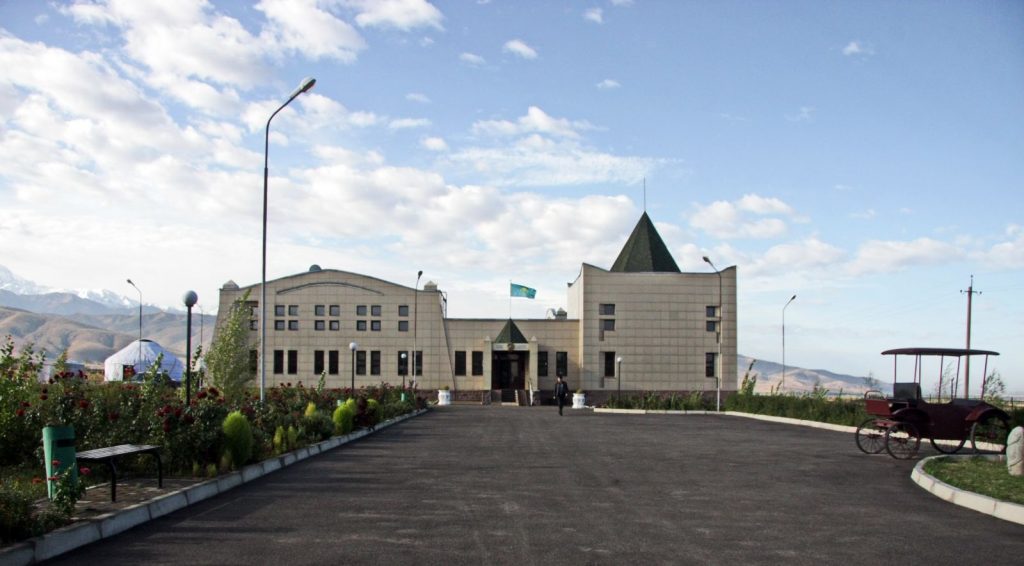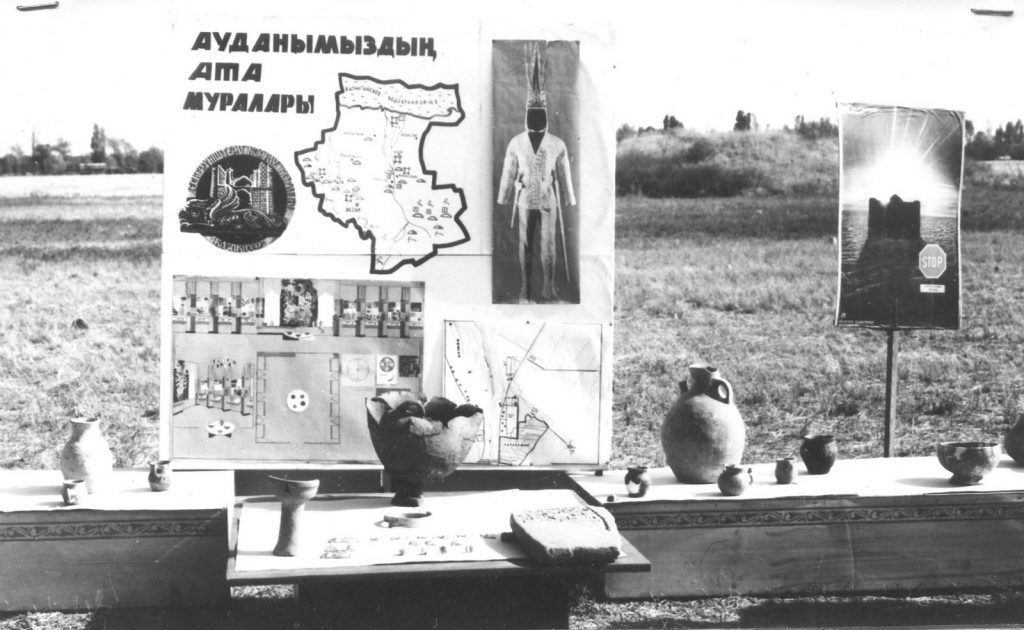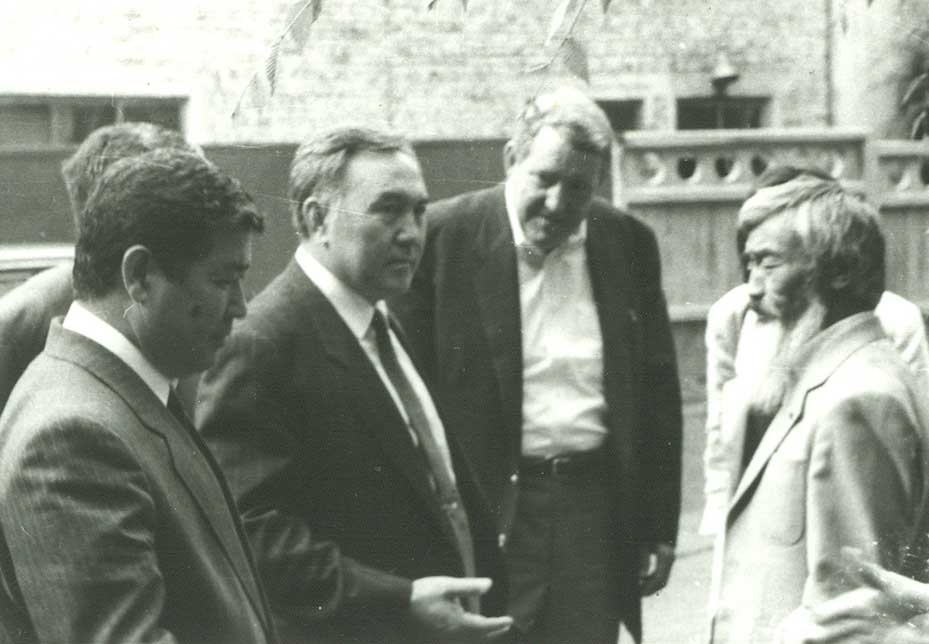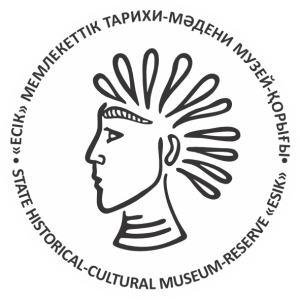The “Esik” State Historical and Cultural Reserve-Museum was established by the Decree of the Government of the Republic of Kazakhstan No. 43 dated January 30, 2010 as part of the Strategic National Project “Cultural Heritage” initiated by the Head of the State N.A. Nazarbaev on the territory of the Esik Necropolis, where the famous burial of the Saka Prince was discovered in one of the kurgans in 1970. In this foothill area of the Trans-Ili Alatau more than two thousand years ago, there lived the tribes that the Persians called “Sakas” and the Greeks referred to as “Scythians”.

The burial of the Saka Prince, striking with its richness and content, is remarkable in that it is the only unplundered burial in Central Asia that was discovered intact. The found complex provides invaluable information about the culture of the ancient nomads of Kazakhstan. Artifacts of the site and motifs that adorned the ceremonial clothes of the “Golden Man” are conveying the sacred meanings of the ancient tribes’ mythology; they became part of the state attributes of the Republic of Kazakhstan. Saka culture and the “Golden Man” are the main presentation subjects and scientific research area of the Esik Museum Reserve.
On August 9, 2013, by the decision of the Almaty Regional Maslikhat No. 21-33, the 422.7 hectares territory of the protected zone of the «Esik» State Historical and Cultural Reserve-Museum was approved; it included 80 kurgans of the Esik Burial Ground and the ancient Saka settlements of Rakhat and Orikti. On June 26, 2018, by the Decree No. 06-330 by the Akimat of the Talgar District of the Almaty Region, the Esik reserve-museum was given the management rights of the medieval settlement of Talgar, included in the UNESCO World Heritage List as part of the serial cross-border nomination “Silk Road: the route network of the Chang’an-Tien-Shan corridor.” The territory of the monument according to the Land Use Acts is 20.8 hectares. Located on the main route of the Great Silk Road, the reserve-museum “Esik” is one of the strategically important objects for the development of cultural tourism in the republic. The main activities of the reserve-museum include the organization of research, cultural, educational, and tourism activities in the field of protection and use of the objects of historical and cultural heritage, and promotion and popularization of historical and cultural sites and monuments.


The employees of the reserve-museum have implemented a number of applied scientific, and social and cultural projects. Thematic lectures, seminars, expeditions and other museum events are held annually. The reserve-museum “Esik” has been accredited as a subject of scientific activity since 2012, has been conducting archaeological excavations since 2011 based on the license (No. 15008747). The museum cooperates with many regional, republican, and foreign scientific and cultural institutions.
In the halls of the permanent exhibition of the reserve-museum, there are currently more than 500 pieces dating from the Paleolithic to the late Middle Ages, but most of the items reveal the history of the Saka tribes. Next to the authentic artifacts, there are interactive zones where visitors have the opportunity to touch genuine ceramic fragments of different periods, collect the puzzles of the Golden Man’s headdress, make and take away a copy of the rock carving, and etc.

The permanent exposition of the «Esik» State Historical and Cultural Reserve-Museum is presented in four halls: “History and culture of the Sakas”, “History of the Golden Man discovery and studies”, “Archaeology of Kazakhstan” and the “Memorial Cabinet of Bekmukhanbet Nurmukhanbetov” devoted to the archaeologist and one of the discoverers of the “Golden person.” In addition, there is a temporary exhibition hall with a regularly updated exposition. The exposition is complemented by various objects on the territory of the reserve-museum, among which the most interesting are the genuine stone sculptures of the Turkic period that meet visitors at the entrance, the museumficated kurgan and the stone labyrinth.
